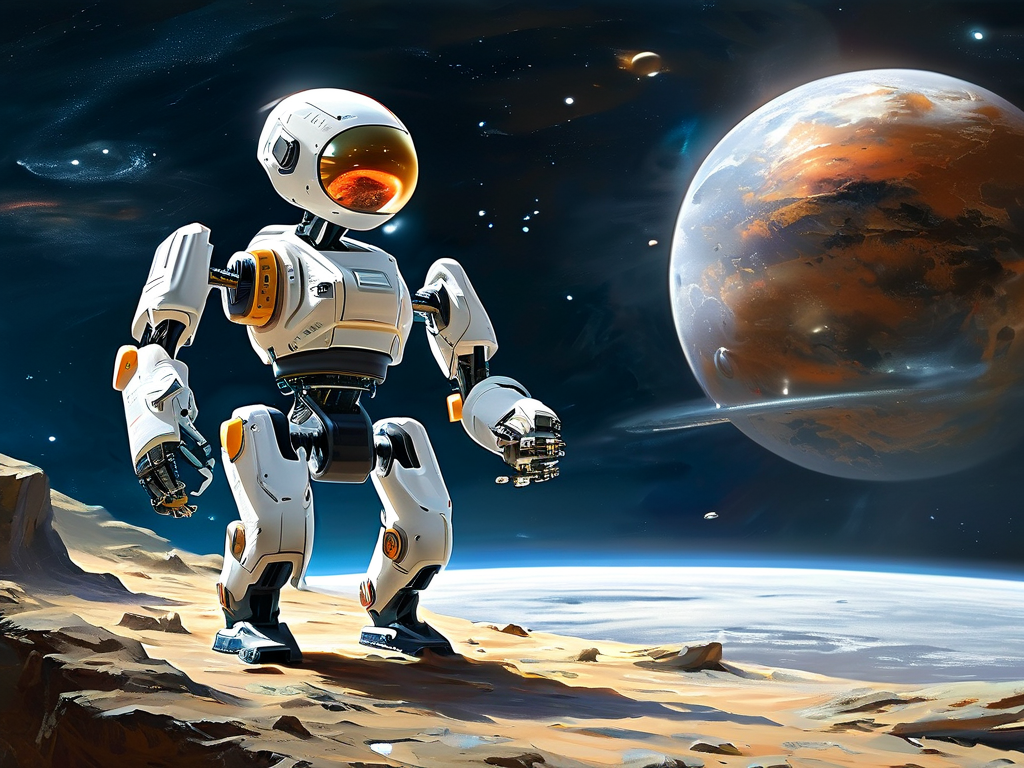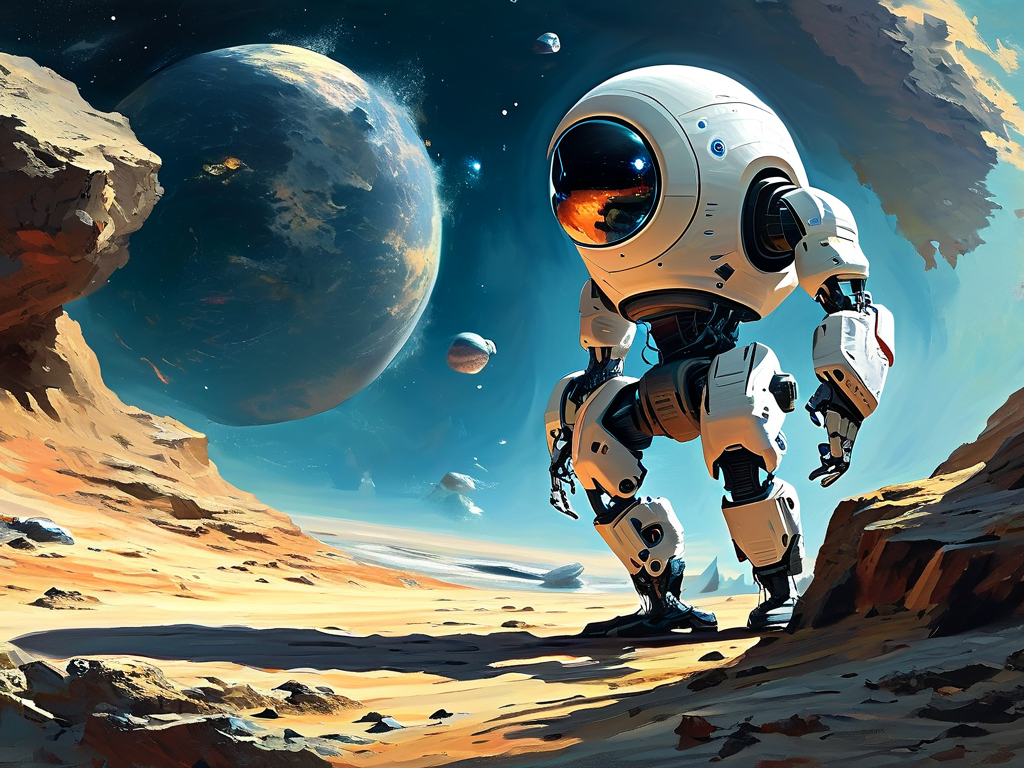As humanity's ambitions in space exploration continue to expand, the role of space robotics has become increasingly pivotal. These sophisticated machines, designed to operate in the harsh and unpredictable environment of outer space, are reshaping how we approach orbital maintenance, planetary exploration, and even the construction of extraterrestrial infrastructure. This article delves into the latest developments, persistent challenges, and future trajectories of space robotics technology.
The Evolution of Space Robotics
Modern space robotics traces its origins to the 1970s, when NASA's Viking landers first demonstrated the potential of automated systems on Martian soil. Today, the field has evolved into a multidisciplinary endeavor combining artificial intelligence, advanced materials science, and precision engineering. Notable examples include the International Space Station's Canadarm2, which has performed critical spacecraft docking operations, and JAXA's robotic asteroid sampler Hayabusa2, which successfully returned subsurface material from asteroid Ryugu.
Recent breakthroughs in modular design have enabled robots like NASA's Robonaut 2 to demonstrate unprecedented dexterity. Equipped with 38 specialized sensors and capable of manipulating tools designed for human astronauts, these humanoid machines blur the line between autonomous systems and human operators. Commercial entities are also entering the arena, with startups like Gitai developing robotic arms for satellite servicing that reduce costs by up to 90% compared to traditional methods.

Technical Hurdles in Extreme Environments
Operating in space presents unique challenges that terrestrial robotics never encounter. Temperature fluctuations ranging from -270°C in shadow to 120°C in sunlight demand innovative thermal management systems. The European Space Agency's (ESA) ExoMars rover employs shape-memory alloys that automatically retract sensitive instruments during dust storms, a solution inspired by biological adaptation mechanisms.
Radiation hardening remains another critical concern. Engineers at the German Aerospace Center (DLR) have developed self-healing polymers that can repair micrometer-scale damage caused by cosmic rays. Meanwhile, latency issues in deep-space communication have pushed researchers toward edge computing solutions. NASA's OSAM-1 mission, scheduled for 2026, will feature a robotic servicer satellite capable of making autonomous decisions during in-orbit refueling operations without ground intervention.
Emerging Applications and Future Directions
The commercial space sector is driving novel applications for robotic systems. Orbit Fab, a California-based company, is prototyping robotic tankers that could refuel satellites in geostationary orbit, potentially extending operational lifetimes by decades. On lunar exploration fronts, NASA's Artemis program incorporates robotic rovers equipped with regolith-processing systems designed to extract oxygen from moon dust—a crucial step toward sustainable lunar habitats.
Artificial intelligence integration is revolutionizing mission planning. Machine learning algorithms now enable robots like CSA's Dextre to prioritize tasks during space station repairs based on real-time system diagnostics. Looking ahead, swarm robotics concepts are gaining traction. The STARLINK project, a collaboration between MIT and Caltech, envisions hundreds of cooperative micro-robots constructing radio telescopes directly in lunar craters, leveraging local materials to avoid Earth-launch mass constraints.
Ethical and Regulatory Considerations
As space robotics capabilities grow, so do questions about orbital debris management and resource utilization rights. The 2023 UN resolution on space sustainability mandates that all robotic spacecraft include end-of-life deorbit mechanisms, but enforcement remains challenging. Intellectual property disputes are also emerging, particularly around asteroid mining technologies. Legal experts suggest that existing maritime salvage laws might provide a framework for regulating robotic operations in celestial territories.
Space robotics stands at an inflection point, with technological advancements outpacing existing operational paradigms. While challenges like radiation tolerance and autonomous decision-making persist, interdisciplinary collaborations between roboticists, astrophysicists, and policy makers are yielding innovative solutions. As these machines grow more capable, they will not only augment human presence in space but potentially redefine our relationship with the cosmos. The next decade promises to unveil robotic systems that can independently establish infrastructure on Mars, harvest asteroid resources, and maintain megaconstellations of communications satellites—ushering in a new era of space industrialization.




